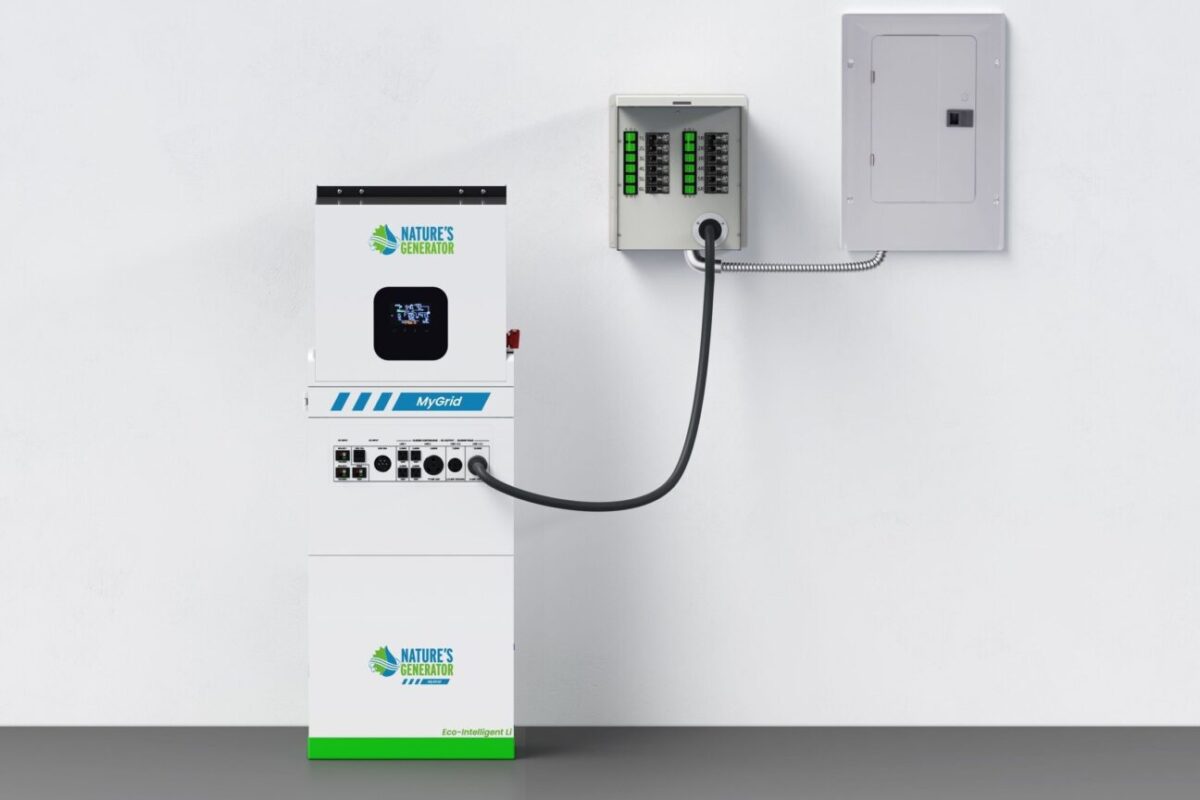
A team of researchers have analyzed the impact of different cloud types on solar irradiance predictions. They found prediction models that factor in the physics of how clouds interact with sunlight are more accurate than models that do not consider cloud types.
A research team has explored how different cloud types impact solar forecasting.
The scientists explained that clouds present a great challenge to solar forecasting due to diverse and complex cloud-radiation interactions, as cloud types exhibit different macrophysical and microphysical properties, as well as different optical characteristics, which determine how the cloud scatters and absorbs sunlight, either enhancing or diminishing solar irradiance. Cloud formation can also often change rapidly, which can add uncertainty to solar forecasts.
The study used data collected by the US Department of Energy’s Atmospheric Radiation Measurement (ARM) program between 2001 and 2014 to analyze how eight cloud types affect solar irradiance predictions. The cloud types covered in the research are cumulus, stratiform clouds, congestus, deep convective clouds, altostratus, altocumulus, cirrostratus/anvil and cirrus.
The work built upon earlier research by the team on physics-informed data-driven models, which integrate cloud-radiation physics to improve solar forecasting accuracy. These models were tested against real-world measurements of solar radiance and cloud types from the ARM South Great Plain (SGP) Central Facility site.
The researchers found a clear hierarchy in the models’ accuracy based on cloud type, with the model performing best against weak convective clouds, such as cirrus, followed by stratiform clouds. It performed worse with strong convective clouds such as deep convective clouds.
“The trends we saw highlighted the complexity of forecasting under certain cloud conditions,” commented Shinjae Yoo, Adjunct Assistant Professor at Stony Brook University. “For example, in the case of deep convective clouds, which have more complex spatial structures with dynamic and unpredictable nature, we noticed a significant uncertainty in the results.”
The research also highlighted how including information about cloud types in forecasting models helps to improve predictions. The models that factored in the physics of how clouds interact with sunlight performed better than previous models that did not consider cloud types, with the research team noting an improvement in forecast accuracy of between 12% and 33%.
“These advancements are important because they can help us better predict solar energy availability under cloud conditions,” added Yangang Liu, Senior Scientist at Brookhaven National Laboratory. “As solar power becomes a bigger part of the energy grid, having more accurate forecasts will help optimize how we use solar energy.”
The researchers said further improvements to the predictions could be made by directly integrating cloud information into forecasting models, via modifying the physical formulation of cloud-radiation interaction, as well as by using more advanced machine learning models.
Their findings are available in “Use of physics to improve solar forecast: Part Ⅲ, impacts of different cloud types,” available in the journal Solar Energy. The research was conducted by a team at New York’s Brookhaven National Laboratory, in collaboration with researchers from New York’s Stony Brook University, China’s Nanjing University of Information Science and Technology, and the U.S. Department of Energy’s National Renewable Energy Laboratory.
This content is protected by copyright and may not be reused. If you want to cooperate with us and would like to reuse some of our content, please contact: editors@pv-magazine.com.
Source link


